A guided tour of the Georgian House Museum begins on entering the reception/cafe area of Number 30 where you can watch a commentary by one of Ireland’s famous actors, Pauline McGlynn, who will acquaint you with the family and staff of first occupant Mrs Olivia Beatty, married at 21 widowed at 33.
Her family of seven children: Edward, Thomas, David, Robert, Frederick, Maria and Olivia moved into Number 29 in November 1794, after the death of her husband David in January of the same year. Edward, the eldest was eleven and Olivia, perhaps her youngest child, was just two years old.
On entering Number 29, you may notice the change of air quality. The basement floor incorporates the kitchen, housekeeper’s room and wine cellar, (Mrs. Beatty being the widow of a prominent Dublin wine merchant), with hall and dining room in close proximity next on the ground floor. Onto the first floor and principal floor of the house, the Piano Nobile, you will find the front and back drawing rooms, the most public that housed works of art, where family members would have sat for portraits. More intimate gatherings and family entertainment would have taken place in the back drawing room.
From the basement to the attic, you will have climbed 87 steps in total, notice an absence of carpet, plasterwork and artwork. The nursery and governess’s Room, where the education of the children took place tucked away free from distraction. English, history, geography, music, needlework and possibly the French language, would have been taught in rote system, by the live-in governess, who would have been from a respectable family. On the walls you will find examples of the governess’s samples of needlework, used like modern day CV’s. Teaching aids such as the ‘Good Dispositions to be Cultivated & Evil Dispositions to be Avoided,’ which stimulate thought are also displayed and available for purchase in the shop as early 19th Century Educational prints.
Georgain Architecture
Georgian architecture in Dublin was built originally in the 1700s and the building continued through to the 1830s. It was named after King George of England as Ireland was ruled by England then. Georgian architecture consists of tall red brick terraced houses, four floors over basement. The houses were built in straight lines and squares and in the centre of the squares was usually a park for the exclusive use of the residents of Georgian Dublin. There still remains today an exclusive private park for residents who hold a key to Fitzwilliam Square in South Dublin. Georgian residents were English lords, members of parliament, army generals and judges.
Although the houses were lavishly furnished with expensive furniture carpets and drapes they didn’t have running water, electricity, flushing toilets or central heating but they had an abundance of servants who lit fires in all the rooms, who cooked on an open range stove in the basement and who did all the washing with water that was fetched from a water pump usually positioned somewhere in the square. The servants lived at the top of the house and the kitchens were in the basement. A church was built nearby, to provide comfortable walking distance for residents.
Some of our famous Irish writers lived in Georgian Dublin. W.B Yeats and Sheridan Le Fanu lived at Merrion Square and Sean O'Casey who was born in 1880 lived on Georgian Dorset Street and based some of his novels on the lives of people living there. He wrote Juno and the Paycock and the Silver Tassie. Another famous resident of Georgian Dublin was lord Belvedere who lived at what is now Belvedere College in Belvedere Street. He discovered his wife was having an affair with his brother and had her locked away at his country estate for thirty years.
Charlemont House in Parnell Square, formerly Rutland Square, (now housing the Dublin City Gallery the Hugh Lane), was the first house to be built and was constructed for Lord Charlemont in the 1700s, at that time it had clear sweeping views of the river Liffey.
Georgian Dublin was designed by Luke Gardener, from who Georgian Gardener Street gets its name.
The Georgian House Museum, Number Twenty Nine, is located is the south east of the centre of Dublin, in the heart of the Georgian Dublin, a leisurely stroll from fashionable Grafton Street.
Located at the junction of Fitzwilliam Street lower and Mount Street Upper. The museum is wheelchair accessible (Call 01 7026165 for arrangements) with an audio-visual area, gift shop of products exclusive to the museum and Tea Room serving tea, coffee, cakes and snacks, open to visitors and the general public. Walk to the museum from Grafton Street in 12 minutes or take the bus: 7,10 45 and by DART at Pearse Station on Westland Row.
Opening Hours: Tuesday to Saturday: 10a.m. to 5p.m. Sunday: 12p.m. to 5p.m. Closed Mondays, including Bank Holiday Mondays, Good Friday.
Admission Prices: Adults: €6.00, students, senior citizens, group leaders, unwaged: €3.00, under 16: free. The companion of a disabled visitor is admitted free of charge on request.
Booking: Access to the exhibition is by guided tour only. Booking is essential for groups of 10+. For booking call: + 353 (0)1 7026 165 or visit: www.esb.ie/no29

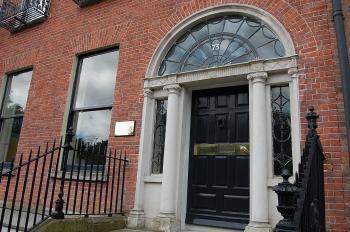
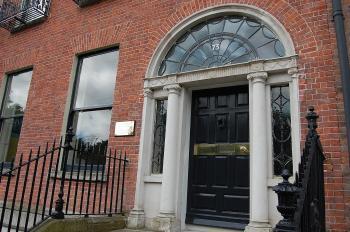
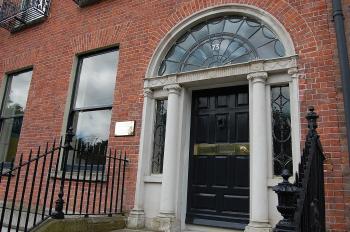
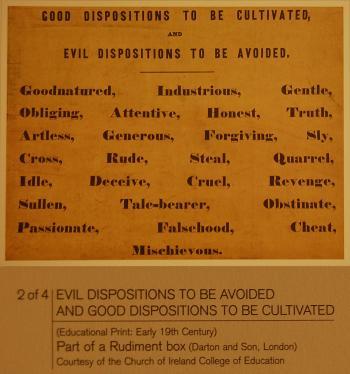
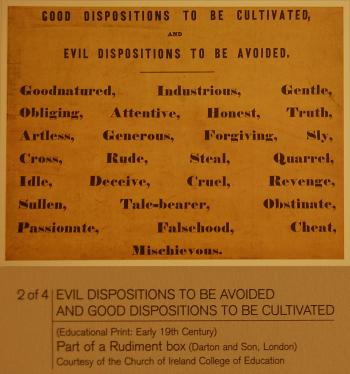




Friends Read Free